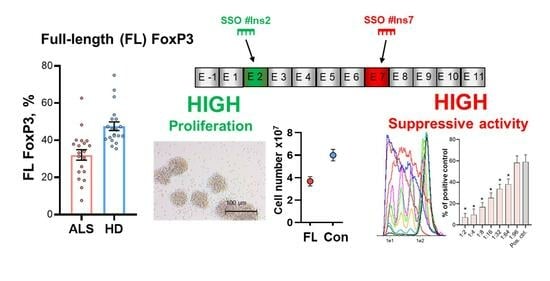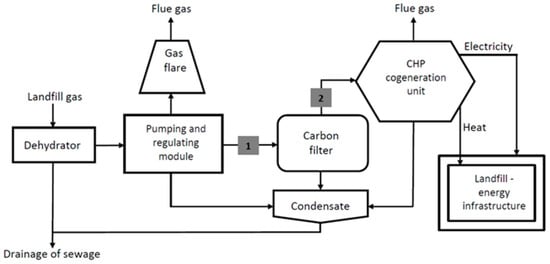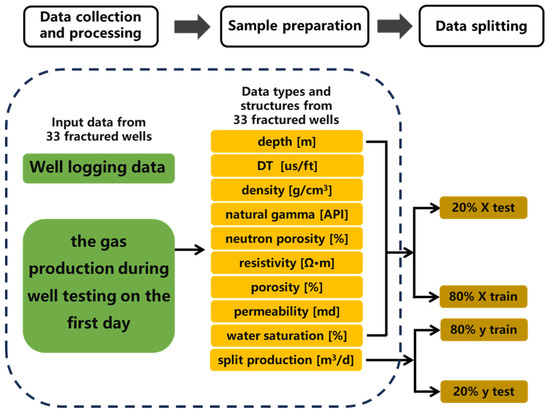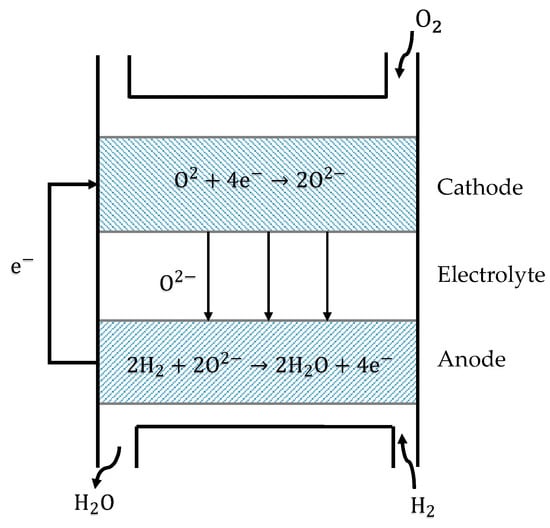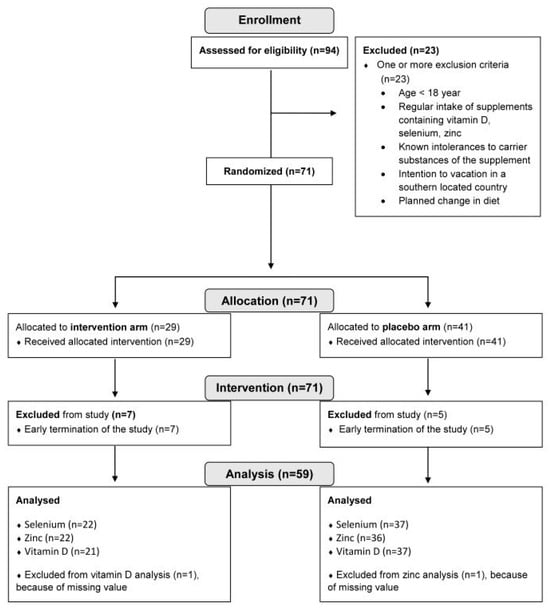Plant growth-promoting rhizobacterial strain FP607
T was isolated from the rhizosphere of beets in Wuhan, China. Strain FP607
T exhibited significant antagonism toward several phytopathogenic bacteria, indicating that FP607
T may produce antimicrobial metabolites and has a stronger biocontrol efficacy against plant pathogens.
[...] Read more.
Plant growth-promoting rhizobacterial strain FP607
T was isolated from the rhizosphere of beets in Wuhan, China. Strain FP607
T exhibited significant antagonism toward several phytopathogenic bacteria, indicating that FP607
T may produce antimicrobial metabolites and has a stronger biocontrol efficacy against plant pathogens. Growth-promoting tests showed that FP607
T produced indole-3-acetic acid (IAA), NH
3, and ferritin. The genome sequence of strain FP607
T was 6,590,972 bp long with 59.0% G + C content. The optimum temperature range was 25–30 °C, and the optimum pH was 7. The cells of strain FP607
T were Gram-negative, short, and rod-shaped, with polar flagella. The colonies on the King’s B (KB) agar plates were light yellow, smooth, and circular, with regular edges. A phylogenetic analysis of the 16S rRNA sequence and a multilocus sequence analysis (MLSA) showed that strain FP607
T was most closely related to the type of strain
Pseudomonas farris SWRI79
T. Based on a polyphasic taxonomic approach, strain FP607
T was identified as a novel species within the genus
Pseudomonas, for which the name
Pseudomonas wuhanensis sp. nov. was proposed. The type of strain used was FP607
T (JCM 35688, CGMCC 27743, and ACCC 62446).
Full article
 IJMS
IMPACT
IJMS
IMPACT Applied Sciences
IMPACT
Applied Sciences
IMPACT Sustainability
IMPACT
Sustainability
IMPACT Sensors
IMPACT
Sensors
IMPACT JCM
IMPACT
JCM
IMPACT Materials
IMPACT
Materials
IMPACT Molecules
IMPACT
Molecules
IMPACT Energies
IMPACT
Energies
IMPACT Electronics
IMPACT
Electronics
IMPACT Remote Sensing
IMPACT
Remote Sensing
IMPACT Cancers
IMPACT
Cancers
IMPACT Nutrients
IMPACT
Nutrients
IMPACT Mathematics
IMPACT
Mathematics
IMPACT Foods
IMPACT
Foods
IMPACT Buildings
IMPACT
Buildings
IMPACT Polymers
IMPACT
Polymers
IMPACT Animals
IMPACT
Animals
IMPACT Water
IMPACT
Water
IMPACT Plants
IMPACT
Plants
IMPACT Agronomy
IMPACT
Agronomy
IMPACT Biomedicines
IMPACT
Biomedicines
IMPACT Processes
IMPACT
Processes
IMPACT Microorganisms
IMPACT
Microorganisms
IMPACT Diagnostics
IMPACT
Diagnostics
IMPACT Nanomaterials
IMPACT
Nanomaterials
IMPACT Viruses
IMPACT
Viruses
IMPACT Medicina
IMPACT
Medicina
IMPACT Healthcare
IMPACT
Healthcare
IMPACT Cells
IMPACT
Cells
IMPACT Forests
IMPACT
Forests
IMPACT Agriculture
IMPACT
Agriculture
IMPACT Land
IMPACT
Land
IMPACT JMSE
IMPACT
JMSE
IMPACT IJERPH
IJERPH
 Symmetry
IMPACT
Symmetry
IMPACT Genes
IMPACT
Genes
IMPACT Pharmaceutics
IMPACT
Pharmaceutics
IMPACT Coatings
IMPACT
Coatings
IMPACT Micromachines
IMPACT
Micromachines
IMPACT Pharmaceuticals
IMPACT
Pharmaceuticals
IMPACT Atmosphere
IMPACT
Atmosphere
IMPACT Children
IMPACT
Children
IMPACT Religions
IMPACT
Religions
IMPACT Antioxidants
IMPACT
Antioxidants
IMPACT Life
IMPACT
Life
IMPACT Metals
IMPACT
Metals
IMPACT Biomolecules
IMPACT
Biomolecules
IMPACT Vaccines
IMPACT
Vaccines
IMPACT Education Sciences
IMPACT
Education Sciences
IMPACT Minerals
IMPACT
Minerals
IMPACT Horticulturae
IMPACT
Horticulturae
IMPACT Brain Sciences
IMPACT
Brain Sciences
IMPACT JPM
IMPACT
JPM
IMPACT Bioengineering
IMPACT
Bioengineering
IMPACT





